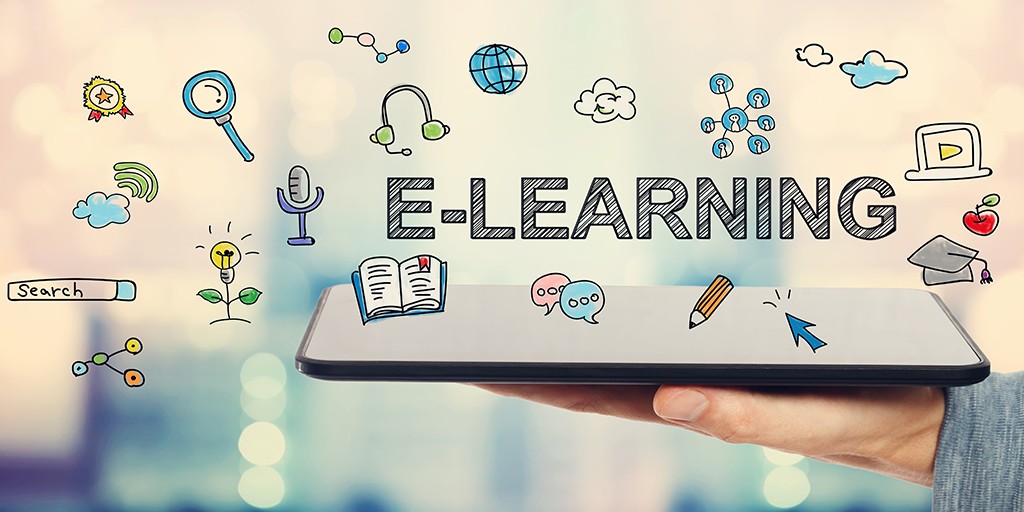
Scenario-Based Learning to Boost the eLearning Experience & ROI
Scenario-based learning is mostly used as a tool to make e-Learning more effective. The idea is to put people in situations that they have faced or may face in real life and use those experiences to help them grasp a concept.
Imagine a situation where you are learning to dance. You have read about all the movements, and one fine day, you are suddenly pushed onto the stage. Will you be able to perform? Even the most confident and graceful individual will falter, right?
Now, imagine learning the dance through little exercises. After you learn about each movement, you are required to perform each of them. This way, by the end of your course, you will have mastered every little detail.
This is exactly what Scenario Based Learning is.
Why is Scenario Based Learning the Way Forward?
There are innumerable advantages to Scenario Based Learning. From helping the learner gain confidence to perform in high-pressure situations, to giving them the knowledge to handle any situation, it is the best way forward.
Here are some advantages:
- Keeps Morale High – It provides a safe space for learners to polish their skills and also offers a relaxed and stress-free environment for them to fail and learn from their mistakes. It keeps them engaged because they can relate to the content. At the same time, it gives them the required experience to handle similar situations in real-life. Even if they fail to solve a problem, or solve it incorrectly, the scenario can be broken down immediately for them to understand where exactly they went wrong. Such a learning practice allows the learners to stay motivated, and the exercises help in getting the information embedded in their memory, leading to long-term retention.
- Enhanced Information Retention – Following up on our previous example, real-life exercises are not the only reason learners retain the information longer. Humans are visual learners. Just reading and hearing information does not help us as much as being able to visualize it. With scenario-based learning, learners get to see the theoretical concepts they read or hear about in action. When given a scenario that needs to be analyzed and acted upon, the learners use their critical thinking abilities to complete the task. This hands-on experience helps them grasp concepts better.
- A Real-Time Test for Real-World Problems – The best way to measure the success of any training exercise is to test how the learners perform during the real-life application of the knowledge they gathered during training. With scenario-based learning, the learning process itself is a series of tasks that puts the learners in real-life situations. The learner is then taught to navigate through those tasks with the help of the theoretical knowledge they have just been taught. Any inadequacy or lack of understanding is solved then and there, minimizing the chances of making mistakes in real life. A variety of well-thought-out problems are enacted on the scene, allowing the learner to immerse themselves in the process. Gradually, they become accustomed to handling such situations with ease.
Raising Return on Investment for e-Learning
Often, e-Learning is plagued by a disconnect from realism due to its virtual platform. However, if the learner can be immersed in real examples, their engagement level increases tenfold. As a result, they are more focused and can learn more effectively.
Each learner can experience a level of interactivity that is common to any classroom course they’re provided with. Especially scenarios that need learners to team up and perform group tasks, providing them with the true classroom experience.
Any learning program takes a lot of financial and intellectual investment. A lot of effort goes into designing the right course for a subject. And e-Learning is no exception. Not only must the curriculum be well thought out, but the execution also has to be perfect.
As a result, those efforts must reflect in the results as well. Scenario-based learning, with its unique approach, ensures that the learners are not only able to grasp the concepts but can confidently apply those concepts to their respective fields.
With its immersive and hands-on approach, scenario-based learning ensures that learners not only have a deep understanding of the subject but that the information is deep-rooted in their minds and hence retained for a long time.
As a result, money or effort spent on any learning experience, which offers hands-on experience, will be a far better and more effective investment than a learning course that expects the learner to simply apply the knowledge at a moment’s notice; especially so for e-learning, where the scope of actual interaction is extremely limited.
To Conclude
Scenario-based e-Learning provides the opportunity to build effective programs. Programs that work guarantee that the learner will have improved their understanding of the subject from when they had started. The return on investment is high enough to encourage learners to come back and pursue similar courses. It is, therefore, truly beneficial for employees as well the employers to invest in a scenario-based learning program.








